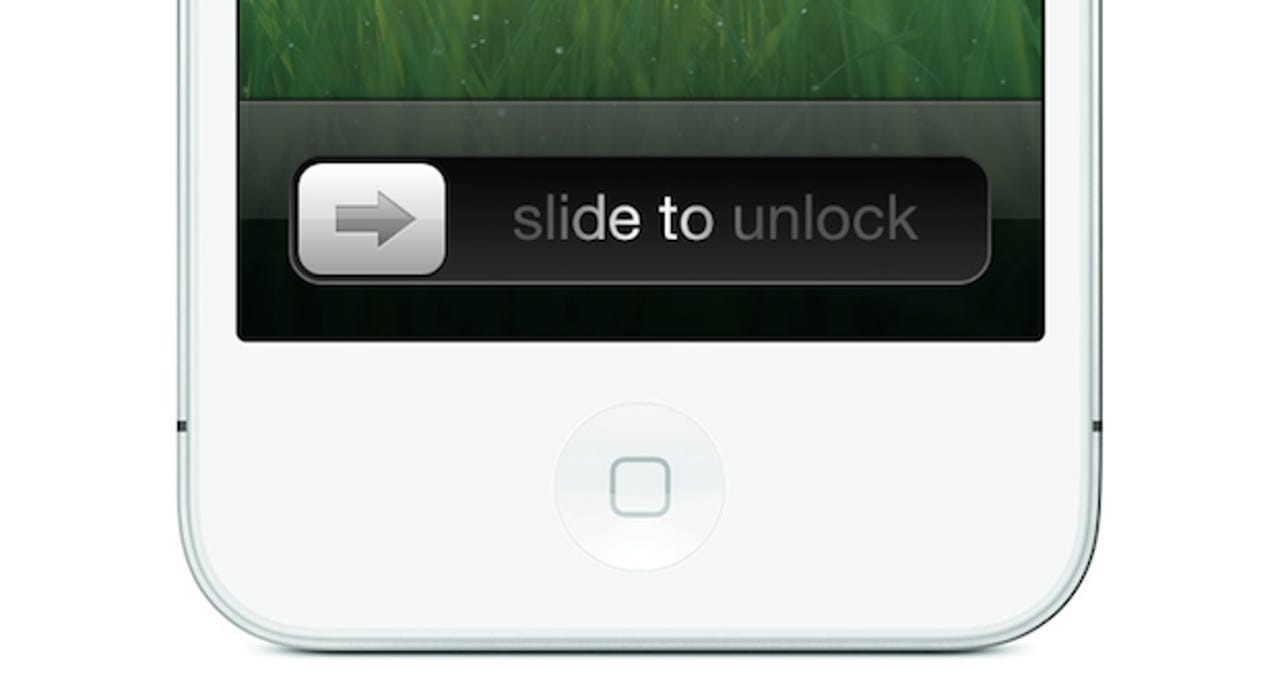iOS 6.1 lock-screen bypass fumble highlights BYOD fragility


The Verge first noticed (via Techmeme) that iPhone and iPad users running the latest iOS 6.1 platform can bypass the lock screen, even when a password is set.
No matter how secure your password is, by fumbling around with a few buttons in sequence, your password-enabled iPhone or iPad is laid open for anyone to potentially rifle through parts of your phone or tablet.
Are the alarm bells ringing yet? Engage the panic switch.
Your entire mobile enterprise and bring-your-own-device (BYOD) plan at work just crumbled because Apple inadvertently allows unauthorized users to gain access to local device data, including in some cases server-stored contacts, voicemail, and photos.
And for now there's nothing you can do about it.
You can have the strongest password, the enhanced security features, the remote wipe functions set up, and all kinds of policies enabled, but in this case all those features become instantly redundant. And, until Apple fixes it—which could be many days or even weeks from now, considering their past track record—some of your corporate data is vulnerable to unauthorized access.
There's no way to sugar coat it. If your enterprise runs iPhones and iPads, in spite of your mobile device management setup, corporate data—in varying form—could be accessed by anybody who now knows the very, highly publicized bypass sequence.
With enhanced security, strong policy management, back-end mobile device management (MDM) services to prevent data leaks, breaches and security lapses—it can all unravel when you realize your entire business is still at the mercy of the mobile maker getting the device's in-built security features right the first time around.
For some time, Apple has been gaining in the BYOD trend. Bring your own device to work, but you have to follow the IT policy guidelines to protect your company's data from harms way.
As governments and private sector companies alike are ditching the BlackBerry in favor of iPhones, while trying to avoid Android altogether—at least for now—Apple products are increasingly breaking through the enterprise wall. iPads are rolling out to businesses, and iPhones are being tested in the work environment, and all because of the strong
But bugs like this, that may seem small to fix but are huge in short term, erode away at the confidence in the platform, which up until now and despite the odd bug here and there, has been as strong as BlackBerry was during the late 2000s.
The bottom line: you can have the most secure environment for your BYOD employees and devices—in this case iOS 6.1 powered devices, which is probably most if not all of them—with MDM solutions plugging policies left, right and center to avoid human mistakes. But sometimes you're simply at the mercy of the mobile maker not screwing up in the first place.